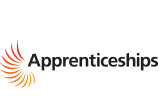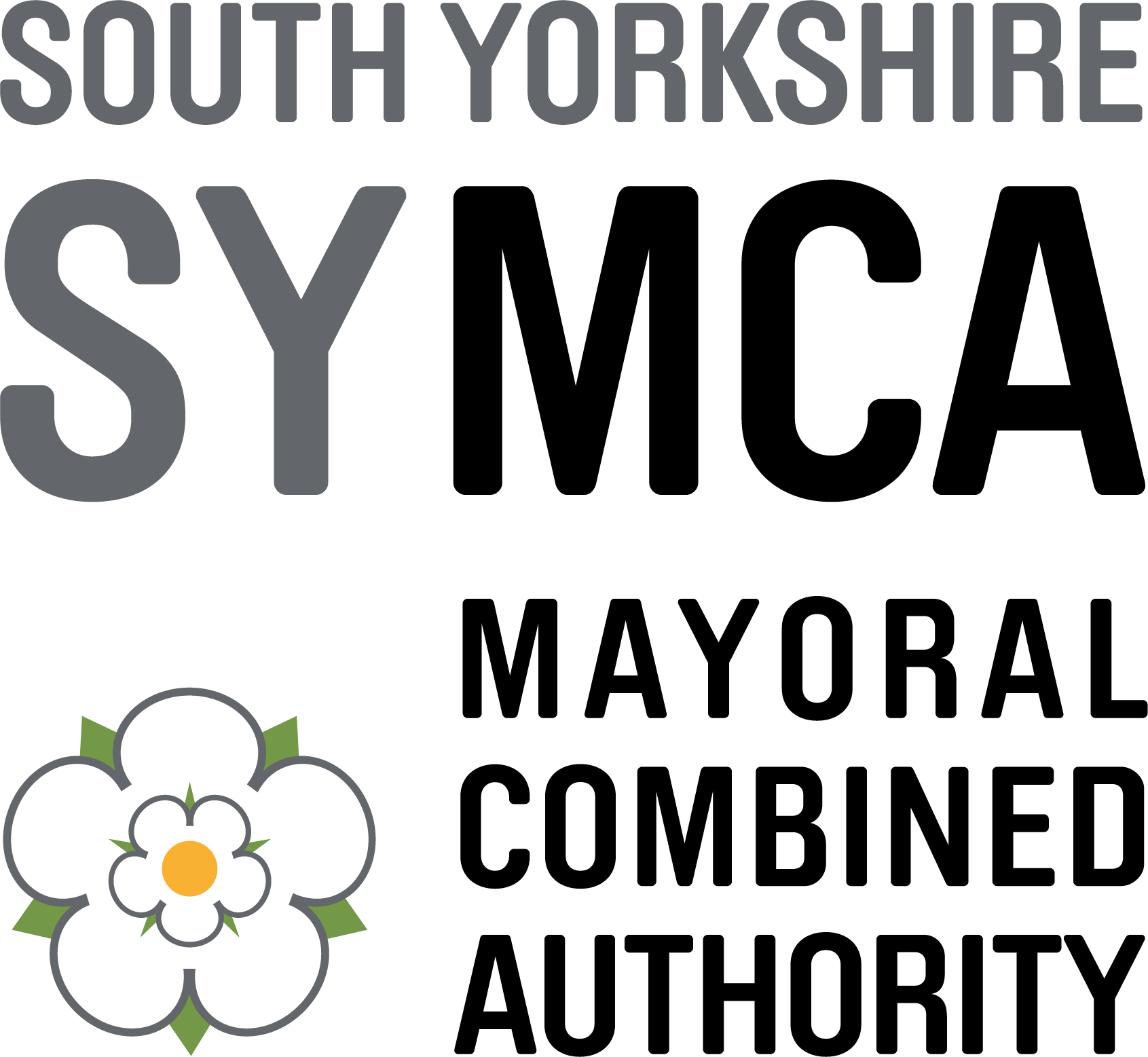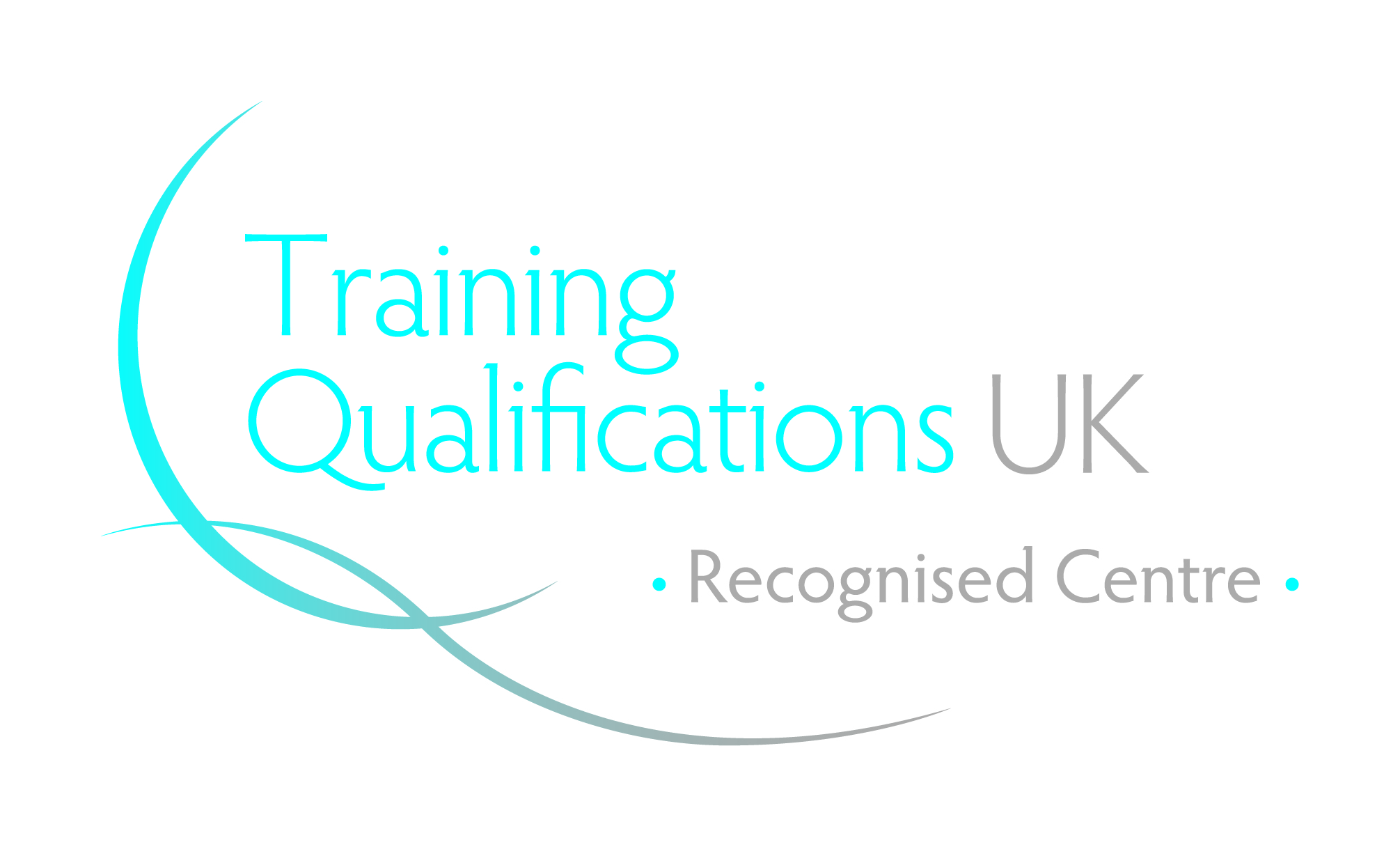

To help make the process a whole lot easier, we’ve put together some tips and a CV template to help you create a stand-out CV.
- Tailor your personal profile
Although you might be applying for jobs or apprenticeships within the same industry, each role will have slightly different requirements based on the needs of that particular business. A generic personal profile will be spotted a mile off, so always take the extra time to tailor it based on the job spec (trust us, it’ll be worth it!).
Take a look at the kinds of key skills and personal attributes the employer is looking for, and use your personal profile to showcase why you’d be a perfect fit based on your qualities and experience.
- Give examples
After your personal profile, add bullet points of your key skills which relate to what you’re applying for. However, a brief list won’t be enough to impress – instead give examples of how you’ve demonstrated these skills either in school or employment.
- Be chronological
When listing your employment history, always start with your most recent experience first – this can include any voluntary work you’ve taken part in. Ordering your past work chronologically makes it easier for those looking at your application to see your employment journey to date – and decide whether the role would be one that you could naturally progress into.
- Don’t lie
Lying on your CV is never a good idea, no matter how much or how little experience you have. Remember that if you’re invited for an interview, the interviewer will be asking you about the things you’ve outlined on your CV – and if you’re struggling to talk about the areas you’ve claimed to be knowledgeable in, alarm bells will start to ring.
Employers will always appreciate honesty and transparency, and lying will only make you seem unprofessional and untrustworthy – not qualities they’ll be looking for in a potential employee.
- Get it checked
A CV that’s littered with spelling and grammatical errors isn’t going to get you noticed for the right reasons – but don’t just rely on spellcheck and your own proofreading skills to pick up your typos. Ask a couple of friends or family members to cast their eyes over it for extra peace of mind, as it’s not always easy to spot your own mistakes.
- Use an easy-to-read format
Make sure your CV is well-presented, with clear sub-headings for each section that can easily be glanced over – after all, employers won’t have time to read every application in detail. You can download our handy template here, which also features some tips to help you fill it out if there’s anything you’re unsure of.
- Don’t waffle
If your CV is more than two sides in length, you’ll need to trim it down. Whilst it’s important to sell yourself, it’s also important not to waffle or include unnecessary details. Try and keep your personal statement as succinct as possible, then let your skills, work history and grades speak for themselves.
When it comes to listing your hobbies, only include ones which directly relate to the job you’re applying for. So, if you’re going after a web design apprenticeship and you love coding in your spare time, keep it in – whereas going to gigs and hanging out with your friends aren’t relevant, and should be removed.
Over to you
We hope we've made the process of starting your CV that little bit easier! For more in-depth CV advice or for any apprenticeship-related queries, be sure to get in touch with our friendly team:










